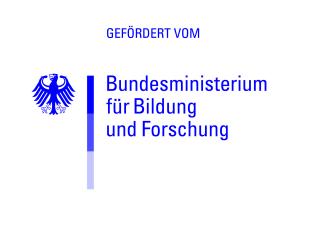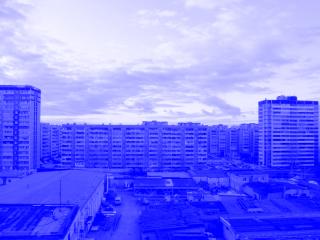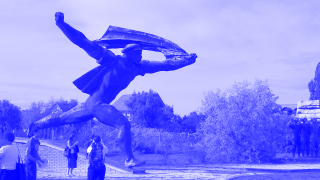BMBF-funded project
»CitiesBuildingCulture«: Built Heritage in Post-Soviet Urban Development
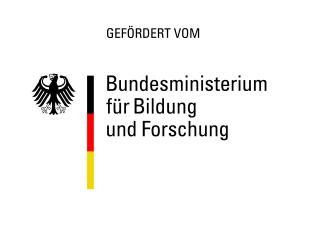
Since April 2021, the Federal Ministry for Education and Research (BMBF) has been funding the collaborative research project »Stadt.Kultur.Bauen« [CitiesBuildingCulture] as part of its »Regional Studies (Area Studies)« programme. The programme promotes excellent research through border-crossing collaboration. At the same time, it seeks to strengthen interdisciplinary dialogue in regional studies.
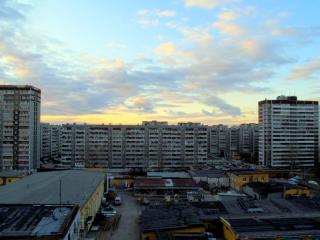
Working jointly with the Karlsruhe Institute of Technology (KIT) and the RWTH Aachen, the GWZO is developing new approaches to sustainable urban development in the post-Soviet region. Five subprojects are examining cities at the intersection of cultural, historical, social, urban planning and environmental studies. The research focuses on the building stock of selected urban quarters dating from the late imperial and socialist periods – the late 19th and 20th centuries.
The GWZO’s sub-project »Values of Built Heritage« is being conducted under the leadership of Dr. Corinne Geering (Junior Research Group »Contrasting East Central Europe«) and Prof. Dr. Arnold Bartetzky (Department II »Culture and Imagination«). It analyses the processes and patterns of (re-)imagination, negotiation and prioritisation of urban heritage's historical, socio-cultural, municipal-spatial and economic values. Industrial cities serve as case studies for exploring the valorisation of residential heritage in current urban development.
Dr. Mikhail Ilchenko investigates contemporary urban transformations of the »socialist city« (sotsgorod). Starting in the 1920s, the construction of such cities in the Soviet Union formed one of the most radical urban development campaigns. The end of state socialism led to an accelerated deterioration of these cities, something that continues to present a substantial challenge for contemporary urban development in many places.
Polina Gundarina analyses the changes in Russian urban planning after the end of the Soviet Union. How was the Soviet urban infrastructure socially and spatially reshaped after 1991? What new functions did socialist buildings take on, and how did these influence the day-to-day life of urban residents?
